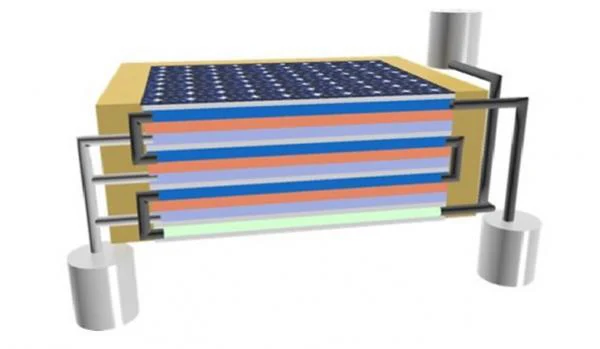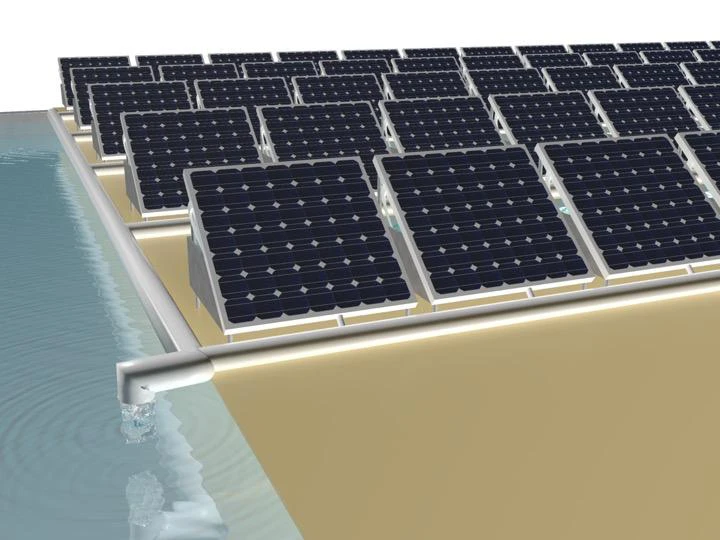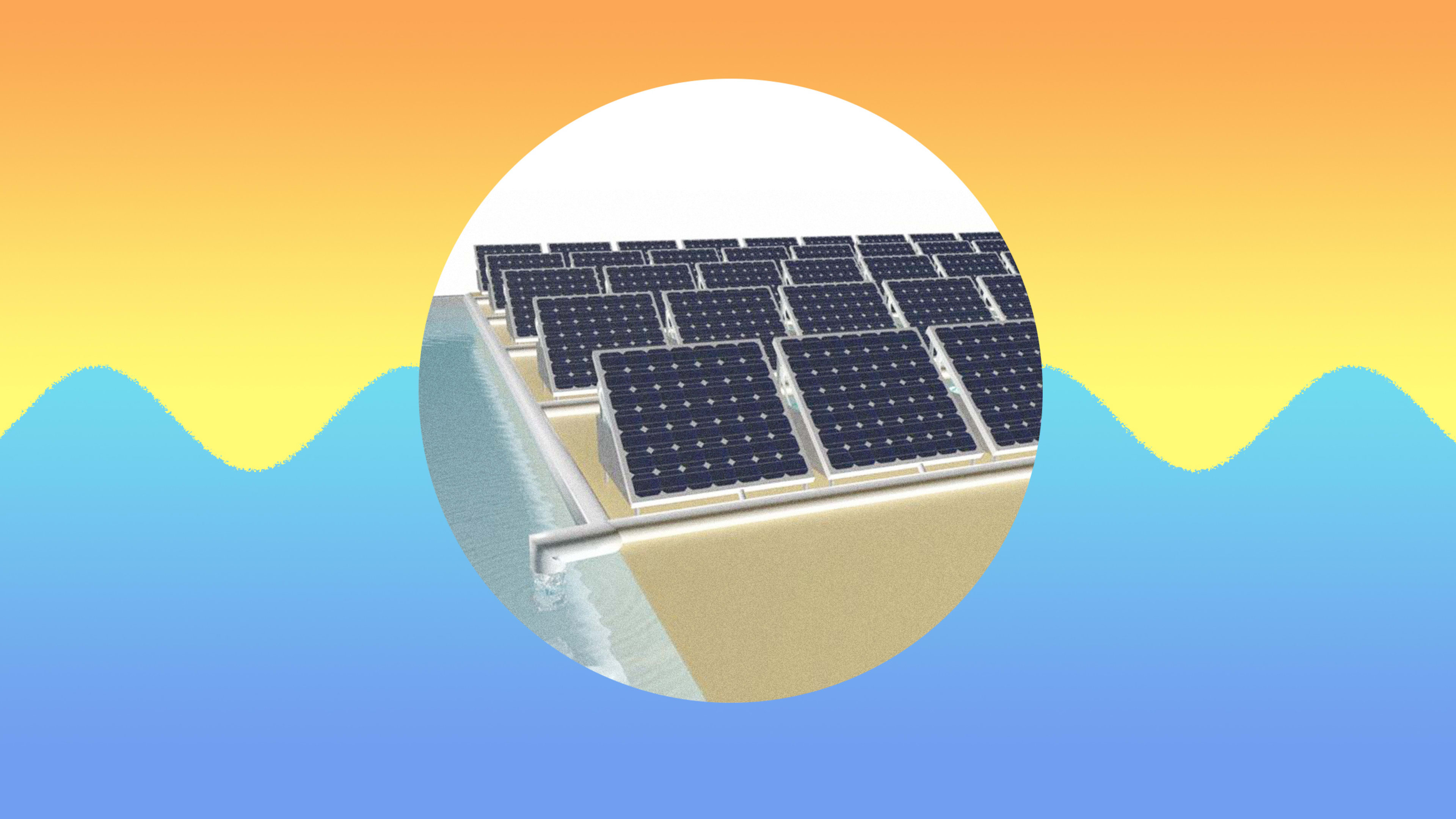A shocking 783 million people around the world don’t have access to clean drinking water. There happens to be a near infinite source of water, but it’s trapped in our oceans and full of salt. While it’s possible to desalinate some of this water, it’s an energy intensive, expensive process. But what if a solar panel could double as a water purifier? What if it could pump water from the ocean and make it drinkable, all while providing no loss of power to a home or building?
A new research project out of King Abdullah University of Science and Technology does just that. It starts with a typical solar panel—which can only turn about 20% of the energy into electricity, while losing the other 80% to the air as heat. “The heat was considered as waste . . . until our device (to the best of my knowledge),” writes lead researcher Peng Wang over email. Because what his team’s system does is use that lost heat to purify water.

How? The ambient heat is directed to a system of tubes pumped full of seawater. Once warmed, the seawater evaporates up through several fibrous quartz glass membranes, which purifies water by filtering it through tiny capillaries. At the same time, conductive layers inside the tubes continue to recapture heat, to feed the evaporative process again and again.
Their first generation prototype has a lot of room for efficiency improvements, Wang tells us, but it can generate meaningful amounts of clean, desalinated water. Every square meter of solar paneling is capable of producing 1.64 liters of water every hour. Back-of-napkin math shows that your average solar powered home with 600 square feet of solar panels on the roof could produce an incredible 23 gallons of water per hour. And again, this water is purified with no loss to voltage coming through the panels themselves.

Indeed, many scientists and entrepreneurs are currently considering how solar energy can power desalination, but none appear to be utilizing that lost 80% of energy to do so. And that’s what makes this research so attractive. Wang argues it’s not meant to replace large-scale desalination plants. Instead, “it is meant to supplement drinking water production,” he says. “This technology is attractive for providing drinking water at decentralized scale in [areas] with low to medium population density.”
Keep in mind that 40% of the world’s population lives near a coast, so even accommodating a fraction of that population could be meaningful. It’s also an enticing clean water solution for coastal, off-the-grid living, for those who fantasize about a self-sufficient tiny home plopped down anywhere.
In any case, the technology will still need to be optimized in future research before it can scale. But it’s the perfect reminder of how, if we want to save the planet and our economy, it makes a lot of sense to invest in green technologies for our homes.
Recognize your brand’s excellence by applying to this year’s Brands That Matter Awards before the early-rate deadline, May 3.
